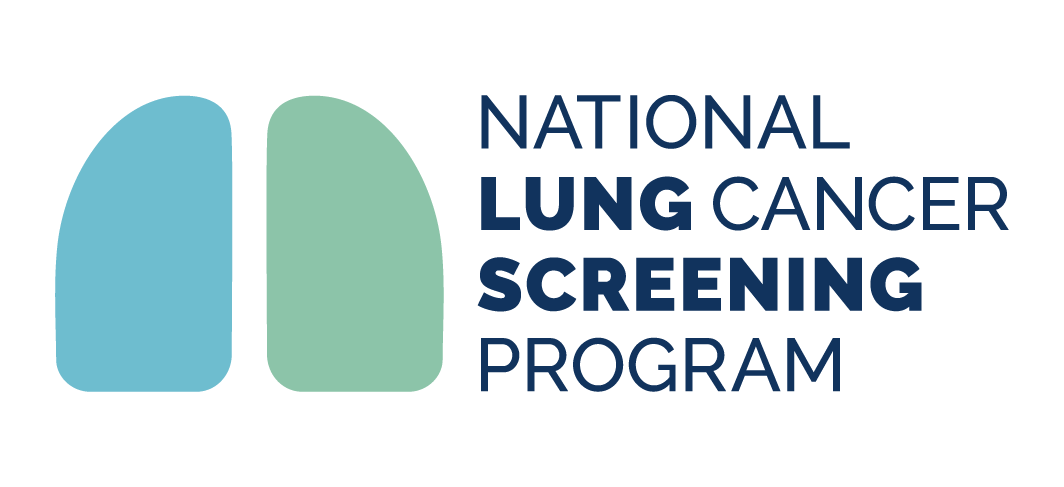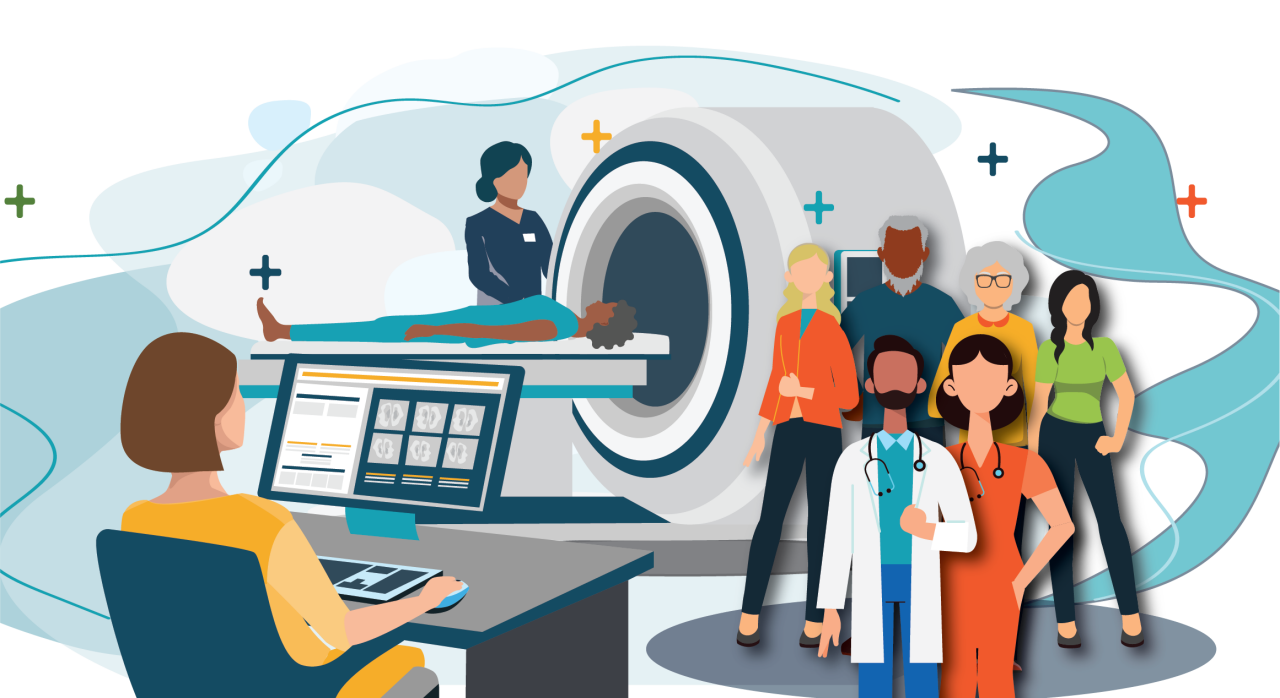About the National Lung Cancer Screening Program

About the National Lung Cancer Screening Program
The National Lung Cancer Screening Program (NLCSP) commenced 1 July 2025 and is an Australian Government initiative aimed at detecting lung cancer early in high-risk individuals:
- who are aged between 50 and 70 years,
- who smoke tobacco cigarettes or have a history of cigarette smoking (having quit within 10 years),
- with no signs or symptoms of lung cancer, and
- have a history of smoking the equivalent of a pack a day – around 20 cigarettes or more – for at least 30 years.
Requesting practitioners are advised to use clinical judgement and best estimates when assessing a patient’s smoking history and determining their eligibility for the program.
The NLCSP is a targeted screening program, meaning invitations to participate are not sent by default from the NCSR. The program uses low-dose computed tomography (CT) scans to help identify lung cancer at an earlier stage when treatment is more effective, with the goal of saving lives and improving outcomes for participants.
The National Cancer Screening Register (NCSR) supports the NLCSP by:
- Managing participant information and sending reminders to eligible individuals once enrolled in the program
- Providing healthcare providers with participants' screening histories (excluding CT scan images)
- Supporting mandatory reporting for radiologists to ensure accurate recording of lung cancer screening data
- Enabling the collection of screening program data, including clinical diagnosis reporting to inform programs pathways, appropriate care, and improving program monitoring and evaluation to identify opportunities for continuous improvement.

